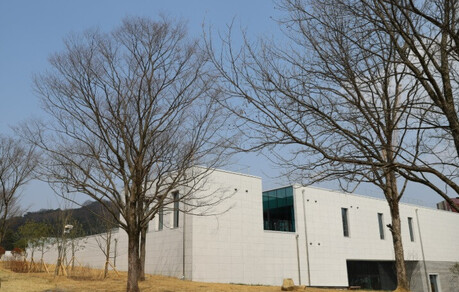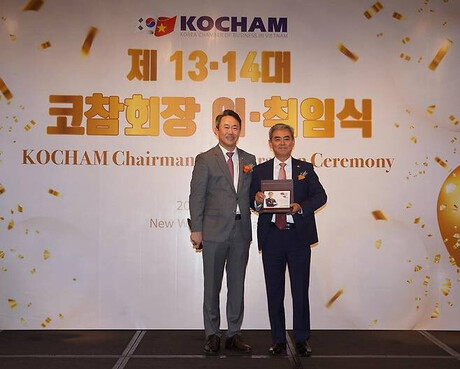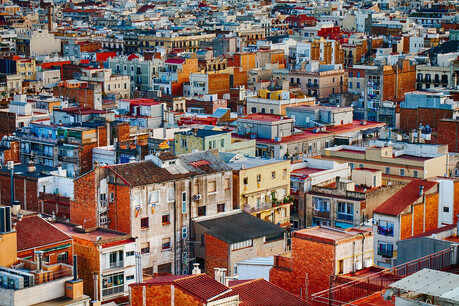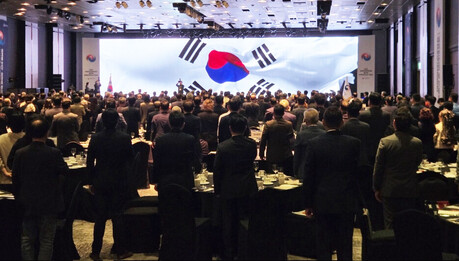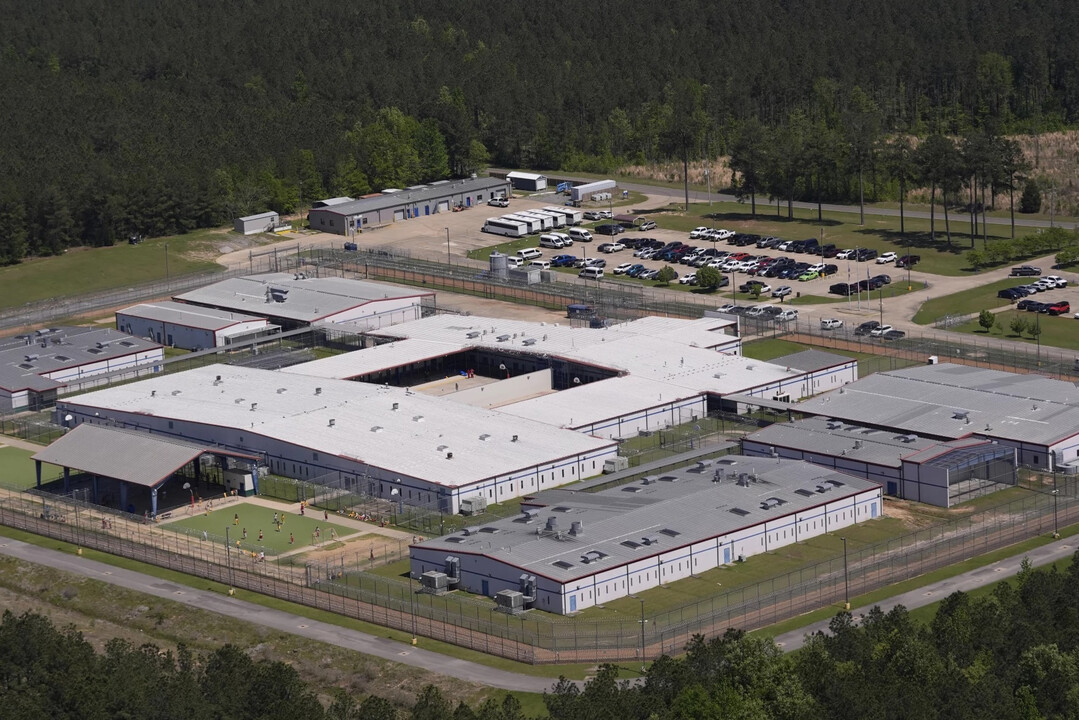
Louisiana – Last Friday, a small immigration court in Jena, Louisiana, was bustling with intense attention from the press, human rights activists, and a handful of observers. At the center of it all was Mahmoud Khalil, a Columbia University graduate student and pro-Palestinian campus activist. He was transferred to the Central Louisiana ICE Processing Center, a privately-run immigration detention facility in LaSalle Parish, far from New York, after being arrested by Immigration and Customs Enforcement (ICE).
Secretary of State Marco Rubio labeled Khalil's support for pro-Palestinian protests as "anti-Semitic" and branded him a threat to the foreign policy interests of the United States. During Friday's hearing, the judge ruled that he had no authority to challenge Secretary Rubio's decision and ordered Khalil's deportation.
The case of Khalil, along with the transfer of several other campus activists to remote detention facilities in Louisiana, starkly illustrates the region's emergence as a major hub for immigrant detention in the United States. Researchers at TRAC (Transactional Records Access Clearinghouse), a data analysis organization at Syracuse University, have dubbed Louisiana "Detention Center Alley," suggesting that its notoriety extends beyond being simply known as "Cancer Alley."
Even after the second term of the Donald Trump administration, during which ICE expanded detention facilities nationwide, Texas, Louisiana, and Mississippi remain the primary destinations for immigrants detained and facing deportation by federal law enforcement. According to TRAC, the 20 facilities of various sizes located in these three states house 59% of the ICE detention population. Notably, many of the largest immigration detention centers outside of border states are concentrated in Louisiana.
Although this data is based on the last publicly available figures from the federal government during the Biden administration, daily occupancy numbers indicate that these facilities continue to serve as major centers for immigrant detention. Despite the Biden administration's pledge to end the use of private detention facilities, the majority of detention centers used by ICE in Louisiana are owned by for-profit private companies, and this situation has not changed.
As of March 17, 2025, Louisiana holds the second-highest immigrant detention population in the nation, after Texas. This is particularly noteworthy given Louisiana's very low immigrant population compared to Texas. While the number of foreign-born residents in Louisiana has doubled since 2000, in line with the national trend of increasing immigration, immigrants still constitute only 4.9% of the total population. This contrasts sharply with Texas''s 17.9%.
Consequently, in many small towns in Louisiana, the immigrants detained in local facilities often represent the only immigrant population, sometimes making up a significant portion of the local population. Immigrant rights issues were also a major point of contention during protests on November 6, 2024.
Meanwhile, as President Donald Trump calls for increased nationwide immigration enforcement and the abolition of so-called "sanctuary" policies, at least two Louisiana law enforcement agencies have recently partnered with federal immigration authorities, allowing local police officers to identify and detain undocumented immigrants in their custody.
For example, according to the 2020 Census, the village of Pine Prairie has a population of 1,490, but local officials estimate the actual number of residents to be closer to 1,100, suspecting that detainees at the local Pine Prairie ICE Processing Center were included in the census count. While individuals incarcerated in prisons, jails, and immigration detention centers are typically included in the local population on census day, it remains unclear whether "processing centers" are also included.
In recent years, the capacity of the Pine Prairie center has nearly halved to between 200 and 350 people following long-standing complaints from civil rights activists and a Department of Homeland Security Inspector General's report that identified numerous deficiencies related to the facility and the management of detainees, leading to a planned closure. The closure, initially scheduled for the end of 2023, never materialized, and as of March 17, 2025, the center houses over 600 detainees, nearly half the estimated resident population of the village.
This trend aligns with the surge in detention numbers under President Donald Trump. According to TRAC, as of March 23, 2025, the total ICE detention population stands at 47,892, with thousands held in Louisiana.
Overview of the U.S. Immigration Detention System: ICE is the federal agency responsible for detaining and processing the deportation of individuals accused of violating U.S. immigration laws. Detention facilities are either owned by the federal government or operated by private companies that contract with ICE to provide services. Problems with Private Detention Facilities: Private detention facilities have faced constant controversy over human rights abuses, including reduced medical care and poor conditions, in an effort to cut costs. Additionally, the pressure to increase occupancy raises concerns about the potential for unnecessary detention. Louisiana's Unique Situation: The reasons behind Louisiana's emergence as a major detention hub despite its low immigrant population are complex, involving geographical factors, cheap land and labor, and contracts between the federal government and private detention companies. The tendency of local economies to depend on the operation of detention facilities cannot be ignored either. Current Status of the Immigrant Rights Movement: The arrest and detention of campus activists have ignited a new spark in the immigrant rights movement within the United States. Human rights organizations are calling for an end to unjust detention and deportation, the closure of private detention facilities, and the establishment of more humane immigration policies.
Louisiana's "Detention Center Alley" reveals a dark side of America's immigration policies and criminal justice system. The concentration of immigrant detention facilities in this region and the human rights issues that arise within them are critical matters that require continued attention and discussion.
[Copyright (c) Global Economic Times. All Rights Reserved.]




















